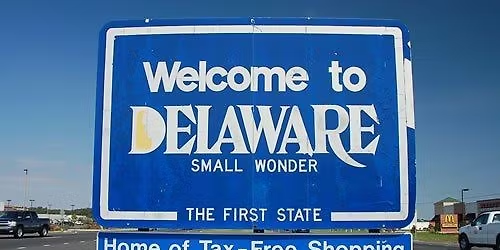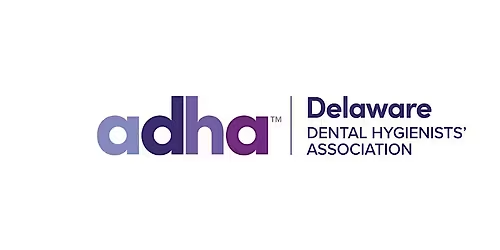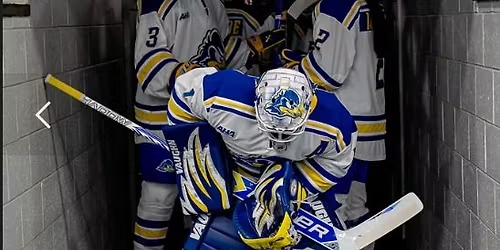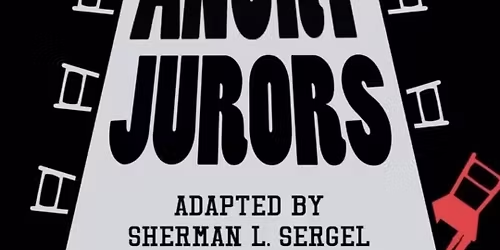
About this Event
Dental Hygiene Treatment Planning and Selecting the Correct CDT Procedure Codes
Description:
Accurate, evidence-based diagnosis is the best method to determine appropriate, medically necessary treatment. Once this diagnosis is determined, the clinician will develop a treatment plan. This includes selecting the correct CDT procedure codes for the treatment. Too often, the procedure code selected may be inaccurate because dental software programs ONLY include the code number and title, NOT the descriptor.
Many clinicians are unaware of the ADA's Current Dental Terminology (CDT) descriptors for each procedure code which must be used by the business staff to correctly bill patients and their insurance carriers. Inaccurate billing can not only cause the practice to undercharge and lose production but can also result in patients having to pay more out-of-pocket dollars then they were expecting to pay, which then can lead to mistrust. This can further lead to patients refusing to have ANY treatment completed because they cannot believe the "estimate" which they were given.
As technology and treatment modalities evolve, new CDT procedure codes are developed, and current CDT procedure codes are amended by the ADA's Code Maintenance Committee (which meets every March). Over the past 5 years, there has been a significant increase in procedure codes specific to preventive products used and recommended by hygienists. This course will provide the latest nomenclature and descriptors for procedures which can be performed by dental hygienists.
And what about the ICD-10 Diagnostic Codes for dental and dental hygiene procedures (over 700) listed in the current CDT Procedure Codes Manual? How and why do we need to know these? So many questions!
Is 60 Minutes Enough Time? What is the Standard of Care?
Description:
Fifty years ago, the dental hygiene recare appointment was 1 hour. Currently it is still 60 minutes (and even shortened to 30 minutes in some offices) while the number of procedures expected to be completed grows! Between infection control protocols, medical history/drug interaction evaluations, risk assessment protocols, selection of diagnostic codes, aging population issues (mental and physical), and more, it is amazing that any hygienist can develop an appropriate dental hygiene treatment plan as well as provide quality dental hygiene and periodontal therapy which include necessary radiographs, periodontal chartings, patient education and more during those 60 minutes.
It is up to the hygienist to provide comprehensive assessments, submit the appropriate documentation as well as determine CDT procedure codes (and coming soon, ICD-10 diagnostic codes) which most clearly describe the medically necessary dental treatment provided to the patient. And will that treatment meet the Standard of Care?
What exactly is the Standard of Care?
This highly interactive presentation will have audience members sharing their successes as well as their challenges when it comes to providing quality, customized care to their patients. How to do it all? So many questions!

Event Venue & Nearby Stays
Embassy Suites by Hilton Newark Wilmington South, 654 South College Avenue, Newark, United States
USD 55.20 to USD 300.62












